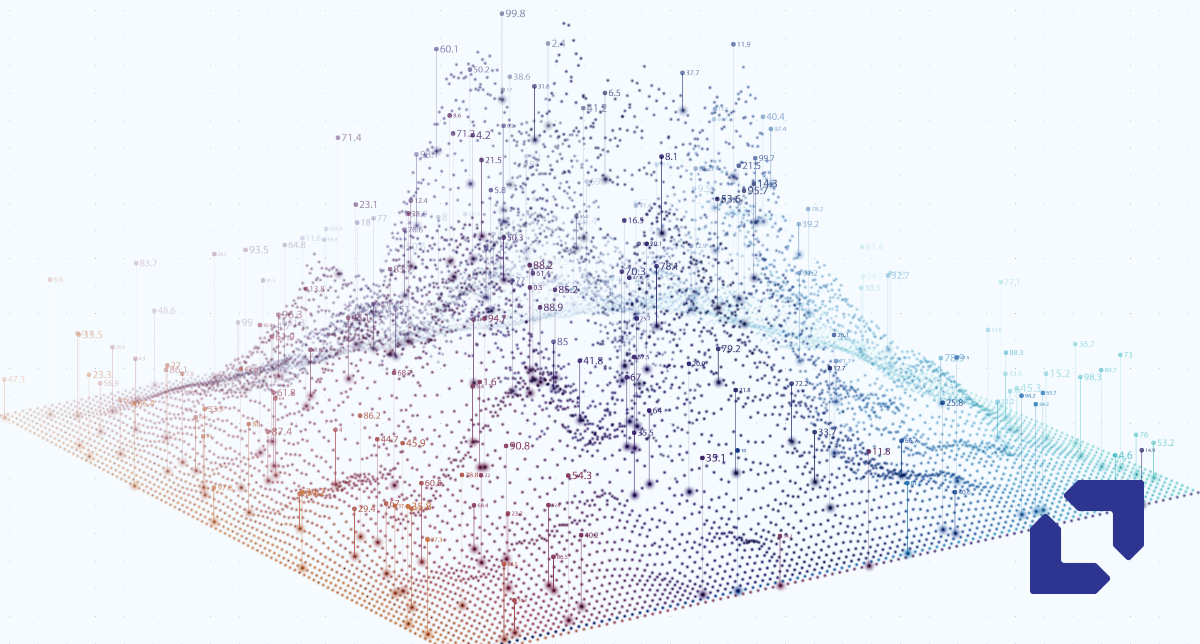Data is at the core of delivering people-inspired solutions and experiences.
Organizations across the globe are working to identify how they can leverage their data to make better, more informed decisions.
In partnership with Google Cloud’s Looker, we developed the Clinical Trials Informatics Solution - a data platform for advancing clinical trials. This clinical trial informatics solution can help doctors analyze and visualize data to prescribe more effective therapies, improving patient outcomes.
While this solution was built for the healthcare industry, any organization – irrespective of the industry – can build powerful data-driven apps and reap the benefits of data visualization.
How does it work? Watch this video by Google, or skip ahead to the video transcript to find out.
Chapters:
0:00 - Intro
1:07 - Discovering New Treatments with Data
1:54 - Data in the Healthcare Industry
2:30 - Looker Architecture
3:30 - Clinical Trial Application Demo
6:30 - Embedding iFrames
7:20 - Summary
Video Transcript:
As data science and technology continue to advance, we're seeing more and more industries investigate how their data can make an impact. When it comes to health care, data is now at the very heart of solutions that help improve patient outcomes and allow scientists to develop new therapies. In today's video, we're going to walk you through an example of how you might build a data platform for advancing clinical trials using Looker and other Google Cloud Services. And while we'll be focusing on life sciences research for today's demonstration, it's important to note that these technologies can be leveraged for a variety of use cases throughout the healthcare industry and beyond.
In 2020, as many as 5.8 million Americans were living with Alzheimer's disease. And this number is projected to nearly triple to 14 million people by 2060. So today, we're focusing on building a data-powered application to help physicians and researchers analyze huge amounts of information to discover new Alzheimer's treatments.
Let's dive in.
When it comes to working with health care data, privacy and data protection are at the very forefront of your technology considerations. Lucky for you, Google Cloud is committed to keeping your patient data safe, with services that meet fundamental security and privacy requirements for protected health information. Now that we have housekeeping out of the way let's get back to the fundamental problem.
When it comes to analyzing new treatments, there are loads of different data sources we need to consider--MRIs and PET scans, patient medical history data, positive and negative side effects reported from drug treatments, and lab data collected over time. And we're not just talking about small volumes here. Medical imaging alone generates about 2 trillion images per year or nearly 4 and 1/2 exabytes of data.
OK, so we have lots of data in all different structures; how do we make sense of all of this and give practitioners the insights they need? Let's start by taking a closer look at Looker. Looker's architecture is unique among business intelligence platforms because it's powered by Looker's modeling layer, LookML, which sits directly on top of your data warehouse.
Looker is an API-first application, which provides data as a service to other systems by leveraging LookML, Looker's modeling layer, to deliver consistent data across all applications. In the application we're building today, BigQuery and Looker are the primary analytical engines for structured patient data. But we'll also use Cloud Storage to serve up unstructured data, like images, and Vision AI and TensorFlow to add additional insights into our BigQuery data.
Now the question is, how will this architecture empower health care professionals and life sciences researchers? Let's find out.
OK, so let's pretend you're a health care provider who has patients participating in a clinical trial. You can navigate to the application landing page to see a high-level overview of the trial, including information like the research question, the trial status, when it started, and the type of study. Additionally, you can dig into some of the details for each treatment group, like seeing the severity level and a breakdown of all the participants.
Now, aside from simply viewing high-level statistics, you can interact with this data by adjusting the timeline--may be to better understand if the usage of each treatment has changed throughout the trial. Now, the super cool part of all this is that we're using third-party UI components for a custom experience, but we're still pulling data from our unified data model, ensuring data governance and consistency.
OK, so you have a sense of the overall trial, now let's move over to My Patients. The first four tabs over here allow you to see detailed information about patients, ranging from the basic information, like their sex, age, blood type, and BMI, to more complex information, like medical events and family history. But that's not all. Like we showed before, interaction is key here. So you can drill into things like the hippocampal volume to get more details on what's going on here.
Now you can see a modal pulling in data through Looker's embedded iframe, which we'll talk through more in just a minute. Back on my screen, I can navigate to the Predictive Insights tab. And here, we'll be able to see the results of our artificial intelligence solution, where we can see things like a description of the recommended treatment and predicted positive and negative side effects. It's important to note that the Google Cloud toolset allows us to feed in non-quantitative data, like MRI images, into a statistical model. For example, using Vision AI, we can identify and measure the size of certain neural structures. These insights help guide physicians and ease the burden of searching for microscopic structures in the brain so they can focus on treating and managing their patient's health.
Now that you know your treatment plan, you can share details with the patient or send them directly to the pharmacy to be filled. So all this data in the demo is stored in BigQuery, but can be abstracted further using Looker and fed into other microservices across Google and beyond, like the 3D brain studio over here, which uses our technology to take patient 2D images and present them in 3D for physicians. Although custom and hybrid solutions create an amazing experience for end-users, they can sometimes take more effort to build.
Oftentimes, there's a need to incorporate standard embedded reports because it enables organizations to quickly integrate dashboards into applications. Let's take a closer look. Like we showed before in our drill modal, Looker dashboards can be fully embedded through an iframe to show the fastest time to value and allow developers to focus on more custom feature sets.
If we go back to our main application, we can also navigate to the trial data page. Here, we'll be able to see a more detailed overview of all trial data, with full access to Looker's built-in capabilities, like scheduling and download functionality, drilling,
and alerts.
Awesome. So now you've seen how to use Google Cloud to create a tailored, custom data experience. By combining intelligent and secure Google Cloud Services, you can build amazing applications that leverage artificial intelligence and data analytics to design, build, and scale the next generation of modern data
applications.
Ready to learn more? Request a Looker demo.


